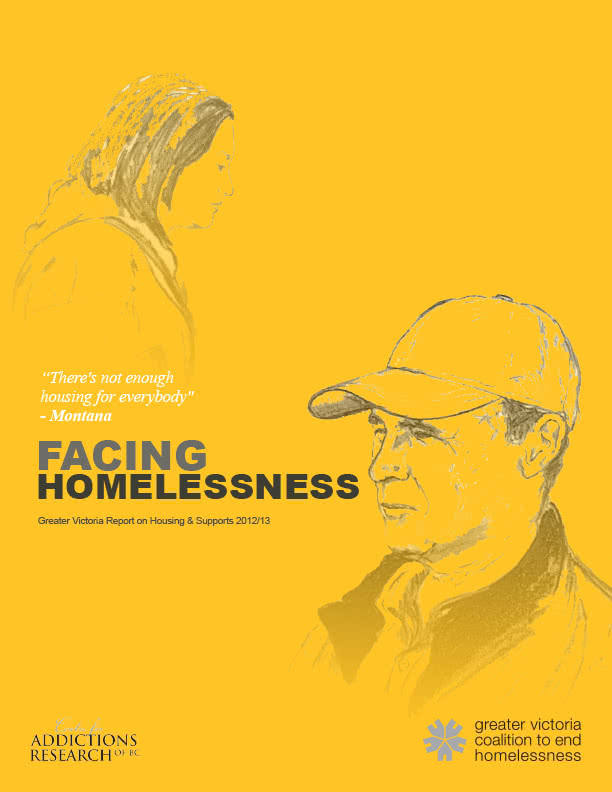 Earlier this month the Coalition published two documents. One was a white paper on housing entitled Housing and Homelessness in Greater Victoria and the other our annual Report on Housing and Supports entitled Facing Homelessness. Facing Homelessness makes absolutely clear that we need more housing to end homelessness in Greater Victoria. Housing and Homelessness in Greater Victoria analyzes how much we think we need.
Earlier this month the Coalition published two documents. One was a white paper on housing entitled Housing and Homelessness in Greater Victoria and the other our annual Report on Housing and Supports entitled Facing Homelessness. Facing Homelessness makes absolutely clear that we need more housing to end homelessness in Greater Victoria. Housing and Homelessness in Greater Victoria analyzes how much we think we need.
The key piece of data in Facing Homelessness relates to vacancy rates. We found that although vacancy rates as a whole are increasing, vacancy rates for units that cost less than $700 per month is decreasing. In fact, the absolute number of units less than $700 per month is decreasing. Yet incomes are not increasing to match. An individual on Income Assistance or on a Persons With Disability pension will receive less than $400 per month towards shelter. This circumstance contributes the high number of emergency shelter users in Greater Victoria (1,659 last year). It also contributes to the number of households on the BC Housing Registry which was 1,477 as of March 2013.
Housing and Homelessness in Greater Victoria also uses this data. A study published in Ontario earlier this year indicates that only about 13% of emergency shelter users are repeat or long stay users.(1) These are the individuals with complex needs like mental health or addictions challenges and are most likely in need of supportive housing. The remainder are likely suffering through a personal crisis which when combined with the dearth of affordable housing in Victoria has led to their stay in an emergency shelter. They need only housing that is affordable rather than housing with supports.
This data allows us to make certain assumptions.
- Some 250 of our emergency shelter users are likely in need of supportive housing. As not all those experiencing homelessness frequent an emergency shelter this should be considered the minimum number of new supportive housing units required in the region.
- Based on data from the initial Mayors Task Force report we can estimate that as many as 500 more supportive units are needed. These should be constructed in such a way that they can be used either as supportive or affordable housing.
- We need 1,500 units of affordable housing for those with low incomes.
Since the Coalition was formed we have made progress on all of these fronts. We have built 248 units of supportive housing and 458 units of affordable housing. This includes only housing funded by government.
Although it is depressing to see so many individuals still frequenting emergency shelters in Greater Victoria the numbers we highlighted with these two papers can also be encouraging. Given what we have done so far, constructing the units we need to end homelessness is not an impossible task.
(1) Tim Aubry, Susan Farrell, Stephen W. Hwang & Melissa Calhoun (2013). Identifying the Patterns of Emergency Shelter Stays of Single Individuals in Canadian Cities of Different Sizes, Housing Studies, DOI
